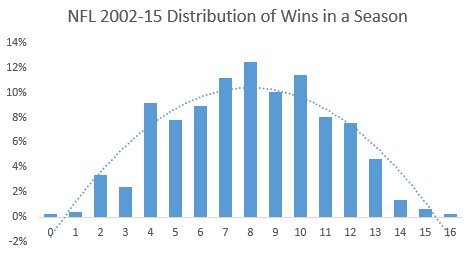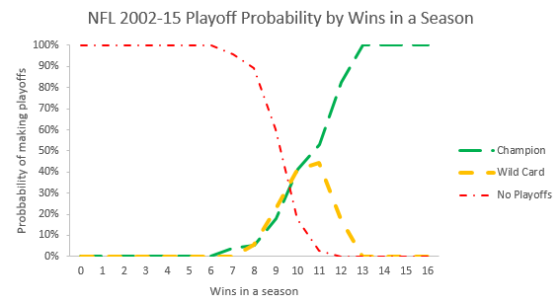The Indonesian Boxfish was an inspiration-for a fuel-efficient Mercedes-Benz!

Puny, 6″, Vampire Squids protect themselves from predators by wrapping their arms around their bodies to make themselves look inside out!

Imagine a pale, white old man with no wrinkles, a frowning face, and a very large, floppy nose. Take away the body, limbs, and neck and you’ve got a Blobfish!
Reef Stonefish camouflage for an odd reason, not for protection from predators, but for killing fish, and in an odd way they do: they trick fish into touching the spines on their dorsal fins. Some of the most toxic poison in the world is injected into the fish, killing the fish.
The Great Barrier Reef dwelling, Christmas Tree Worm looks like a colorful, Christmas decoration, but when a predator comes close, looking for prey, Christmas Tree Worms wriggle their way into their caves.
The Gulf of Mexico dwelling Venus Flytrap Anemone has been claimed to look just like the land dwelling Venus Flytrap by people who’ve seen it, but instead of eating it’s prey, it stings it with it’s tentacles, and instead of eating insects it eats fish.
Furry, white Yeti Crabs have furry, whitish claws, making them look like underwater Abominable Snowmen.

Dumbo Octopuses have large, earlike fins than help them maneuver twilight/midnight zone waters.

The tiny four-inch long Pink Handfish moves around on floor of the ocean on its fins near Tasmania.
The Leafy Sea Dragon could be mistaken for seaweed and is a close relative of the sea horse.

The Deep-Sea Dana Octopus stuns its prey with light coming from its arms.
Giant Sea Spiders crawl on the Antarctic sea floor and are about the size of a dinner plate.
Denise’s Pygmy Seahorse is about the size of a paperclip.
Source: National Geographic 5,000 Awesome Facts (about everything), videos from youtube









